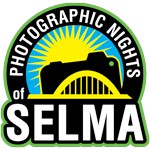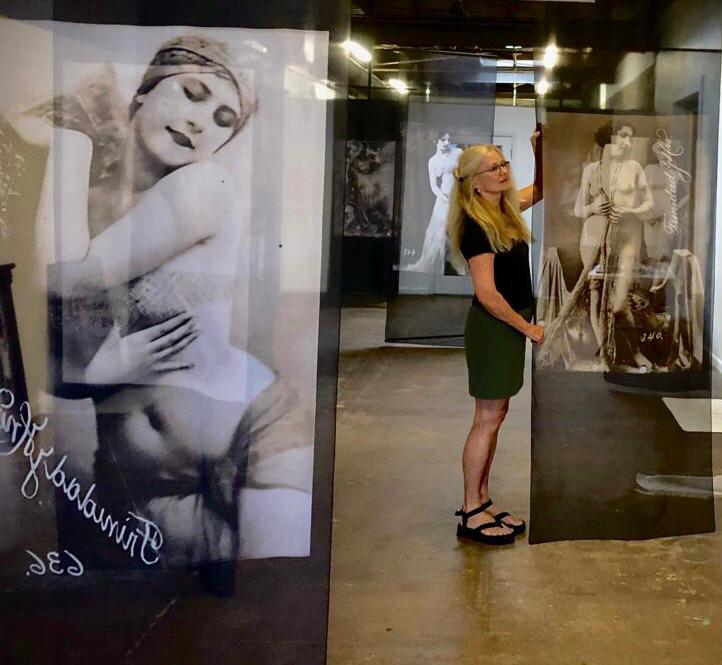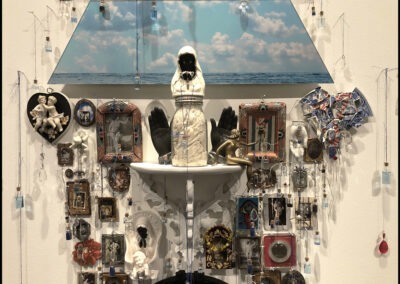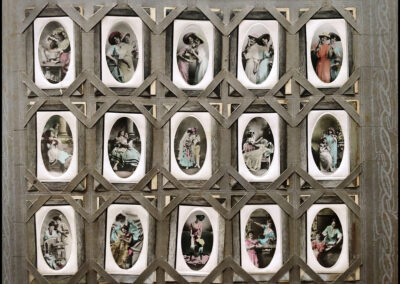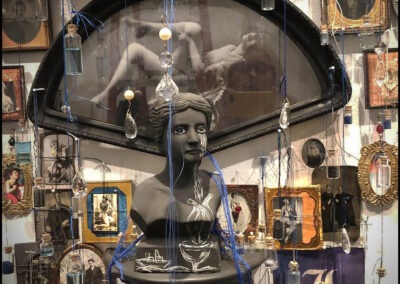Karen Graffeo: Guest photographer 2024
Karen Graffeo is an active multi-media artist in photography, performance and installation. She is a Professor Emeritus of Art and directed the photography program at the University of Montevallo.
She is the recipient of a Tanne Foundation award for humanitarian documentary projects within her art practice. She received a Fulbright Senior Scholar appointment to Romania and was named University Scholar at the University of Montevallo for her long term (1999-present) documentary photography work in Roma (Gypsy) communities and refugee encampments in Europe.
Her work was published in Aperture Magazine and is included in public and private collections in Japan, Paris, New York, San Francisco, Ireland, Italy, Hungary, and Birmingham, Alabama. Her work is currently on display at the Museum of African History in Havana Cuba.
Her current documentary projects in Cuba include Afro Cuban worship and Transgender Cuba.
- Instagram: @graffeokc
- Facebook: graffeo1
- Website: www.karengraffeo.com
Série: “The Necessity of Seduction: Cuba, Eros, Tobacco and the photographic miniatures of 1843-1960”
“The Necessity of Seduction: Cuba, Eros, Tobacco and the photographic miniatures of 1843-1960”
I would show the historic images and some views of my installations which are a visual response to this research.
I have been researching the history of these miniature photographs which were included in every tobacco product sold in Cuba from the late 1800’s until 1960; on this research trip, I found the best of these: treasured find: a rare album of 70 these miniatures that are from the late 1800’s and early 1900’s. These tiny photographs are exquisitely hand colored and embossed. I am researching and collaborating on a book with Cuban journalist Julio Larramendi, about these photographs.
Julio Larramendi writes this about the historical background:
“…In the late 1890s and early 1900s, with the arrival in Havana of erotic cards from France, which were very popular in the Old Continent, factories like Gener, El Cuño, Aguilitas , Nacionales, Eva and Trinidad y Hno. decided to introduce on cigarette packs this type of images, copies of the French ones and later, produced by Cuban photographers, in the European style. Hundreds of cards showing half naked women in provocative poses were printed. In the mid 1920s there was a boom of collections of such pictures.
Renowned high society Cuban photographers such as Joaquin Blez and Segovia contributed their art to these creations. Their involvement notably raised the quality of the images, which were even printed in larger formats for albums of special collections.
It is interesting, and also a reflection of the prejudices of the time, that there are no Afro-descendant models in the images, in a country where a large part of the population was black or mixed racial, product of slavery.
Men carried cigarette packs in their pockets and in these, a small hidden treasure that they could enjoy at any time and share it with their friends. Perhaps some jealous wife came to know about it and wanted her husband to carry her naked image only for his eyes. The truth is that Blez, who had started taking pictures of nude French prostitutes and later of Cuban women, began to photograph bourgeois ladies who posed in private sessions at the ” Studio Blez , the High Society Photographer.”
Today these pictures induce a smile, given their naivety, the somewhat forced poses and the decorations in the studios, with which the artists tried to capture the interest of smokers and collectors.
Sources:
1. Lapique Becali Zoila and Julio A. Larramendi , Havana. Image of a colonial city . Polymita Editions, 2013
2. Acosta de Arriba Rafael , The Allure of a Glaze. Body Photography in Cuba (1840-2013 ), Ediciones Polymita, 2014
Lapique Becali Zoila and Julio A. Larramendi , Habanos and cigarettes. The magic of their labels. The origins . Unpublished.
